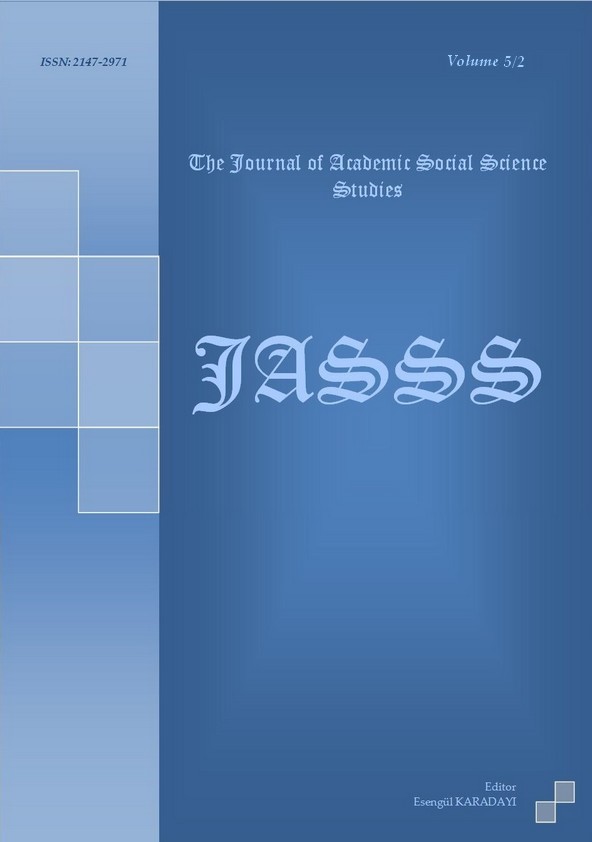Author :
Abstract
Çevirmenin yeniden yaratımı olarak adlandırılan çeviri etkinliği metinlerin faklı dillere dönüştürülmesidir. Kalkış metninin dilbilgisel ve anlamsal derin analizinin yanı sıra yeniden yaratma gibi iki aşamada gerçekleştirilen bu etkinlik, çevirmene kalkış metninin yapısal ve anlamsal özelliklerine sadık kalma gibi zor görevler yüklemektedir. Bu noktadan hareketle bu çalışmada, şiir dilinin en önemli özelliklerinden biri olan ve şiir diline zenginlik katan özelde alışılmamış bağdaştırmaların genelde söz sanatlarının hedef dile nasıl çevrildiği, vurgu ve etkileyiciliklerini koruyup koruyamadıkları irdelenecektir. Şiir çevirilerinden hareketle karşılaştırmalı bir şekilde ele alınacak bu çalışmada, karşılaştırmadan elde edilen bulgulara göre, alışılmamış bağdaştırmalar ve diğer söz sanatlarını içeren şiirlerin çeviriye uygun olup olmadıkları, çevrilmelerinin ne gibi sakıncalar ya da olumlu etkiler yaratacağı ana hatlarıyla irdelenecektir.
Keywords
Abstract
A translation activity, also called re-creation of the translator, converts texts into different languages This event is carried out through a deep syntactic and semantic analysis of the source text as well as re-creating the text. This activity poses the translator the difficulty of remaining faithful to structural and semantic characteristics of the source text. Thus, in this study, we examined how unconventional couplings in particular and rhetoric/figures of speech in general -- both most important features of the language of poetry and enrich the language of poetry -- are translated into the target language, and whether they retained their effect in targeted form This comparative study also investigates whether unconventional couplings and other poems with rhetoric/figures of speech are suitable for translation or not, and what kind of drawbacks or positive impacts translations bear.





